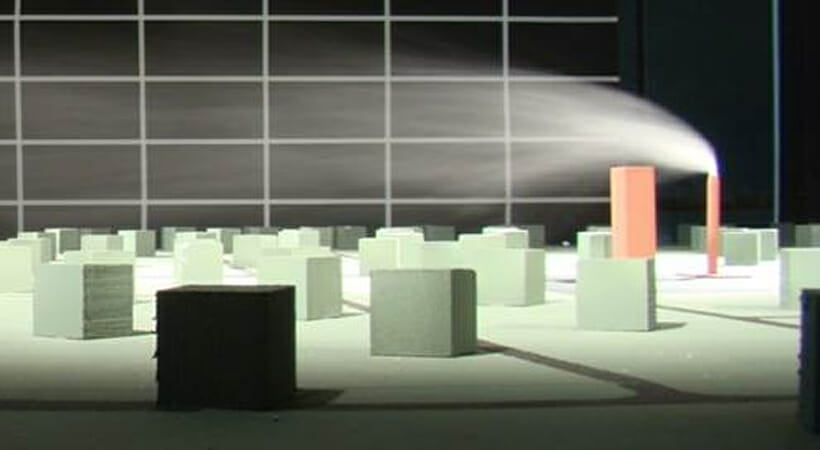More Accurate Than BPIP & Better Inputs for AERMOD
In many cases, AERMOD will over-predict concentrations. This is because BPIP, the standard tool for determining building dimension inputs, handles many situations poorly.
For example, in some cases BPIP will:
- Merge nearby buildings into a single building
- Ignore or misrepresent lattice structures
- Mishandle buildings with a low, large footprint or complex geometry
- Ignore the effects of terrain
CPP’s Equivalent Building Dimension (EBD) procedure avoids these mistakes by starting with an accurate model of the actual site. By testing the scale-model plume behavior, CPP experts can identify the right AERMOD-ready dimensions that match the scale-model tests. The EBD method provides more accurate and often lower concentration estimates.



